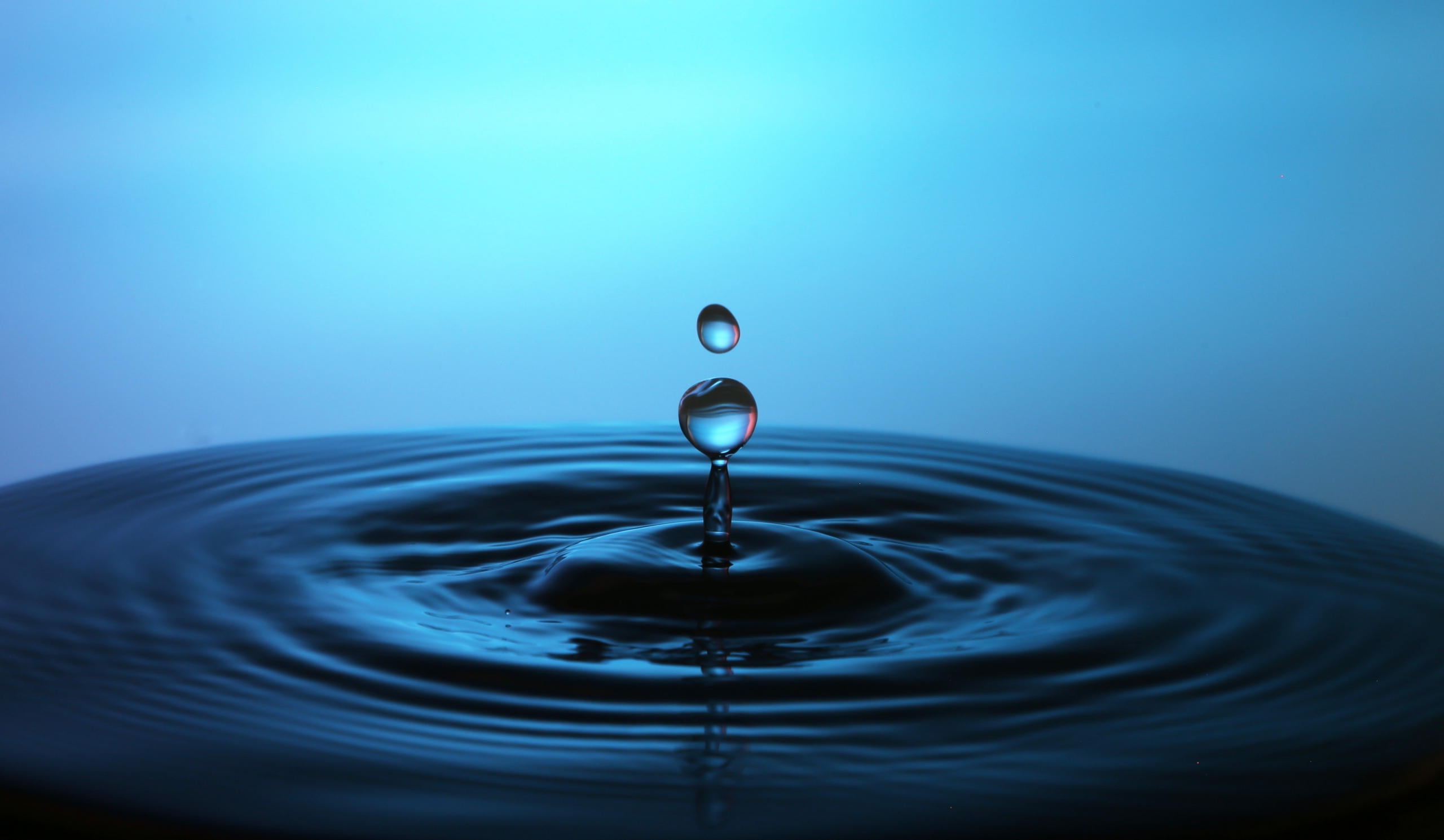Key applications:
- Detergents industry
- Water Treatment
- Non-Organic Chemicals like Paints, Glass, Ceramics and makeup
- Food Industry
- Aluminum Industry
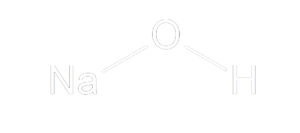
Key applications:
- Water purification
- Sewage and industrial effluent treatment
- In the PVC industry (polyvinyl chloride)
- Pharmaceutical industry
Key applications:
- Chloride production
- Steel industry
- Oil wells in the stages of drilling and production
- Pharmaceutical industry

Key applications:
- Sanitizers and detergents industry
- Sterilization as bleach and disinfectant
- Food Industry
- Glass industry
- Paper Industry
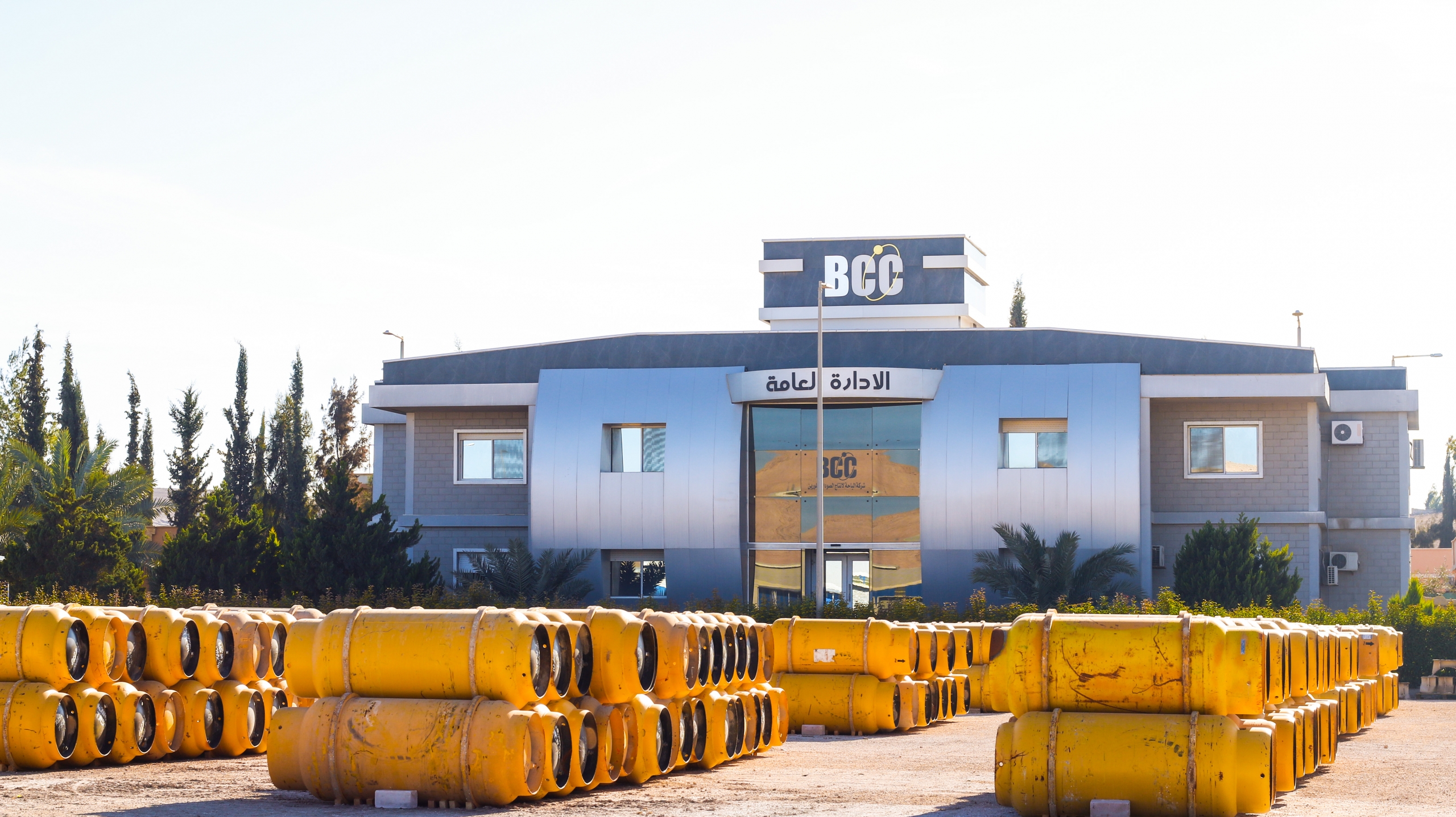
Al-Baha Company for Caustic-Chlorine Industry
Al-Baha Company for Caustic and Chlorine Industry (Private Free Zone), is a limited Liability Company that has been established in the Hashemite Kingdom of Jordan, Al-Zarqa Province in 2006. Al-Baha is a specialized company in Caustic Soda and Chlorine manufacturing and is considered as one of the biggest companies in the MENA region in Chlor-Alkali industries. The company has been registered in the Jordan Free Zones Corporation.

Protecting our Employees and Communities by following the Environmental, Health and Safety Standards.
Our products fulfill our client’s satisfaction and requirements with the highest quality standards
Testing our products by following the International Laboratory Testing Standards.

Accuracy in the delivery time to secure long term consistency with the customers.
Our product can be delivered to any place around the world by our own transportation facility with competitive time.

Jordanian Accreditation System: ISO/IEC 17025:2017
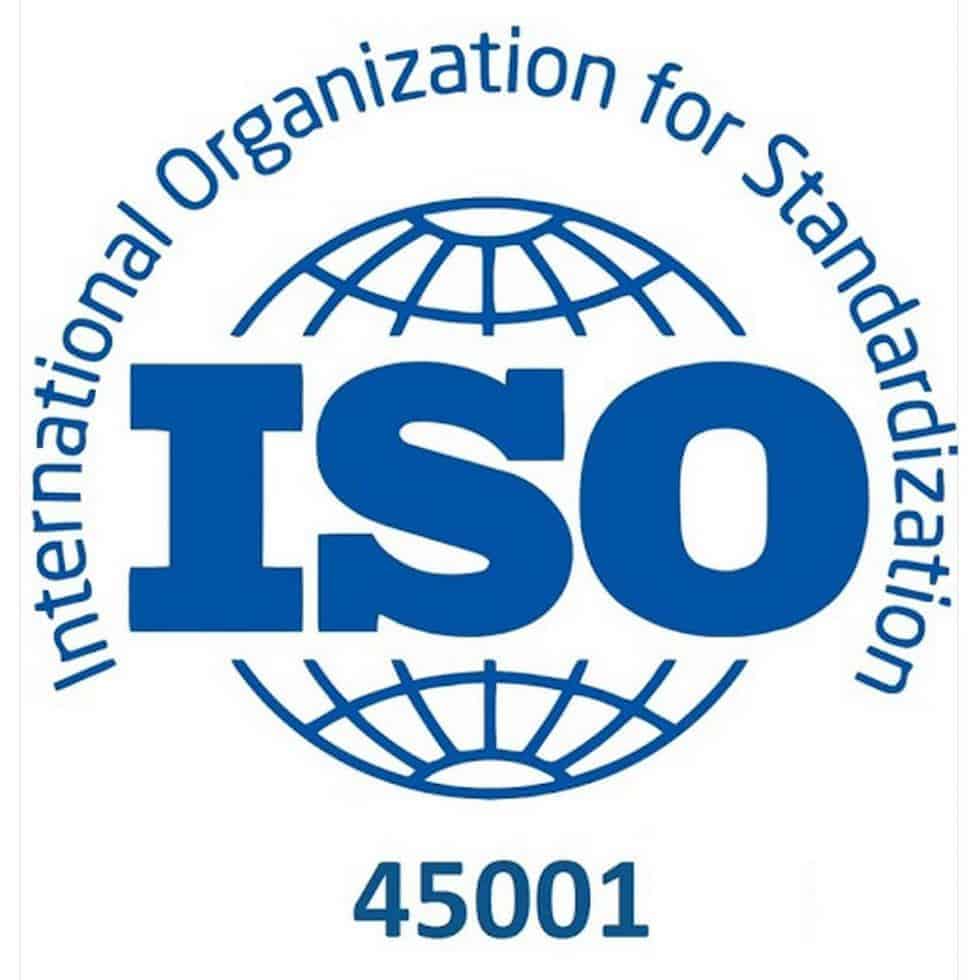
Occupational Health and Safety Management System ISO 45001:2018
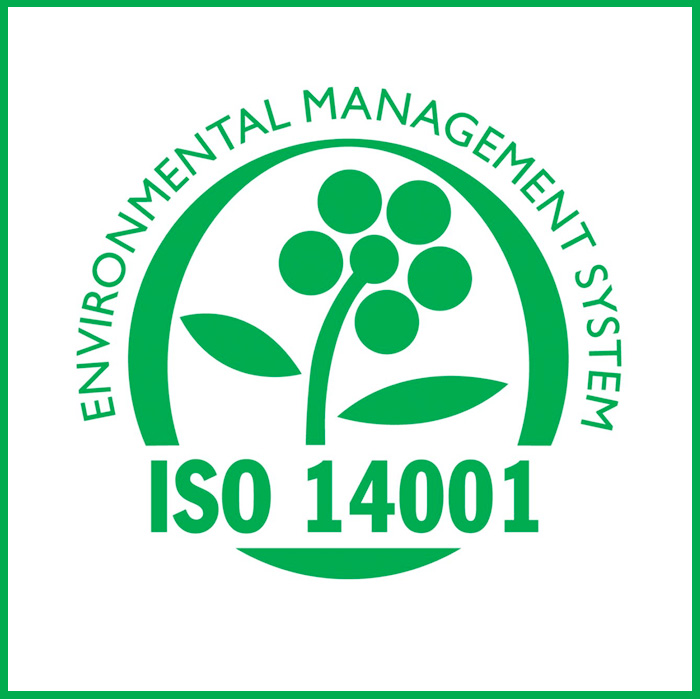
Environmental Management System ISO 14001:2015
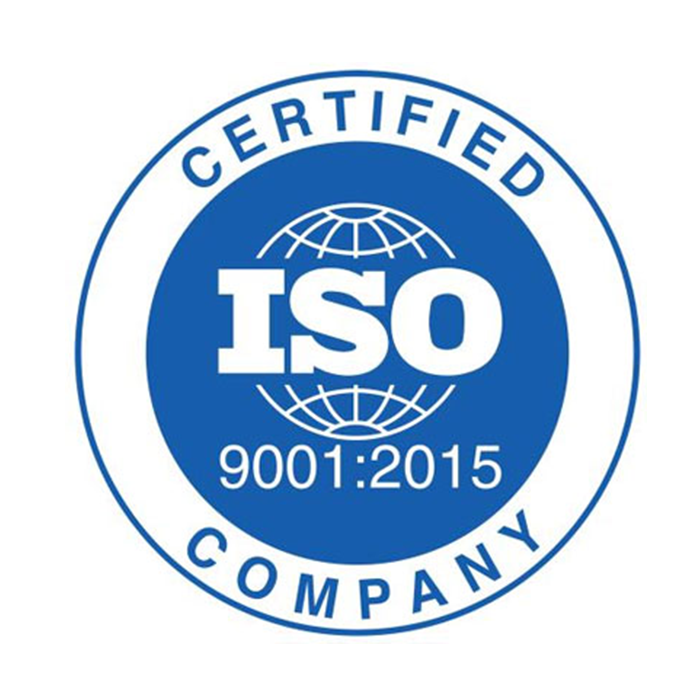
Quality Management System ISO 9001:2015
of intelligent effort. We are pleased to assist you to
get your quotation.
On behalf of the board of directors‘ members of Al-Baha Company for Caustic and Chlorine Ind., I am more than happy to welcome you to our official website. As you navigate our website, I hope you learn more about the qualities that make our company, BCCI, an outstanding provider of Chlor-Alkali products within the MENA region. Focusing on the economic development strategy for BCCI, our vision is to create a solid institutional entity that will most definitely rise to the ranks of global companies in light of the recent economic growth within the Hashemite Kingdom of Jordan.
Our number one target, however, is to maintain the trust and satisfaction between us and our clients. We aim to constantly deliver high quality products that will meet their needs, committing to the utmost professionalism throughout their client experience and committing to BCCI‘s work ethic. In order to ensure the quality of our products, we are investing on an annual basis to continuously keep our production and operational machinery up to date with the latest technologies provided in the chemical industry
Lastly, I would like to thank every employee in BCCI for their unwavering dedication and constant efforts that contribute every day to the well being of the company.
Group Chairman
Eng. Mufeed Khalaf Omar Al-Gaood
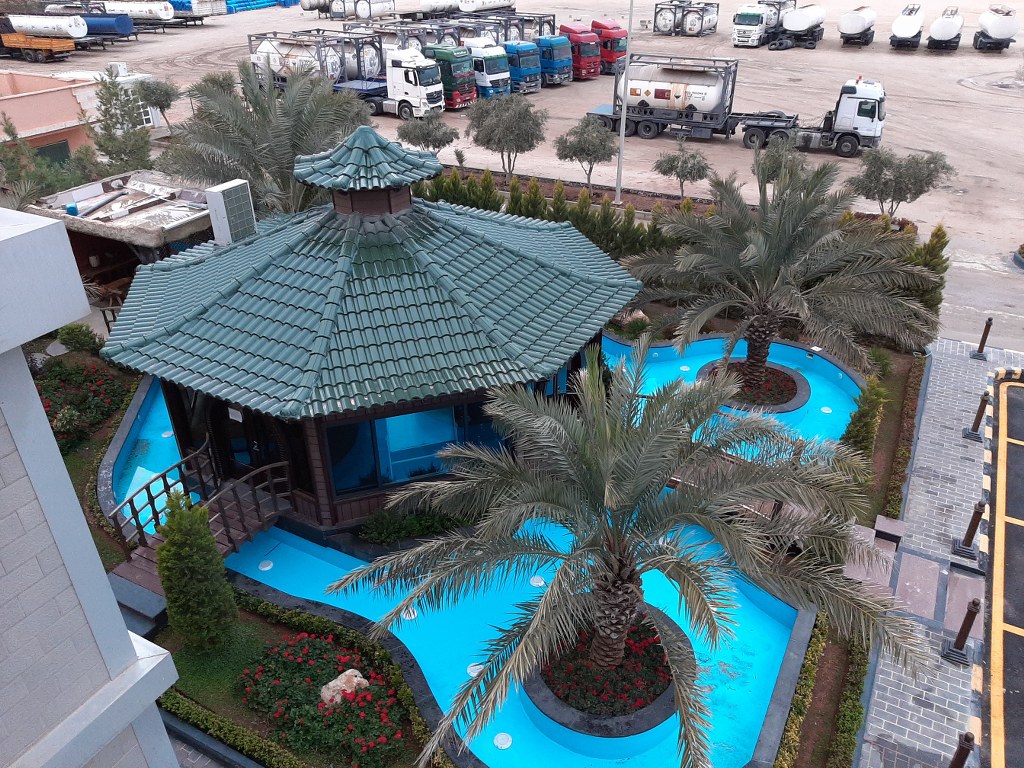







Engineer Abdullah Al-Gaood visited Metrohm Company Sharjah – February 2024, Engineer Abdullah Al-Gaood visited Metrohm Company in Sharjah, UAE. Specializing…
Engineer Abdullah Al-Gaood conducted a field visit to Al-Ghaith Industrial Company Abu Dhabi – February 2024, Engineer Abdullah Al-Gaood, the…
Eng. Amani Al-Azzam, the Secretary-General of the Ministry of Energy and Mineral Resources, conducted a field visit to Al-Baha company…

